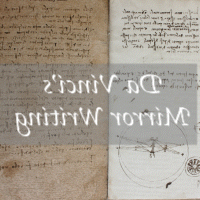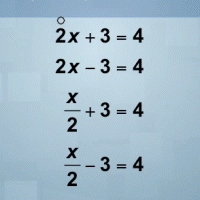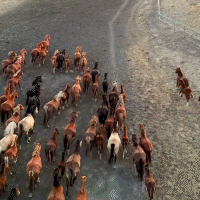
$3.99
Applications of Linear Functions: Cricket Chirps
Crickets are known for their chirping sounds. But did you know that the number of times a cricket chirps per minute is an indicator of the outside temperature? In fact, the relationship between cricket chirps and the outside temperature can be modeled by a linear function. In this module, students will explore the function that can be used to determine the outside temperature based on the number of times a cricket chirps per minute.








